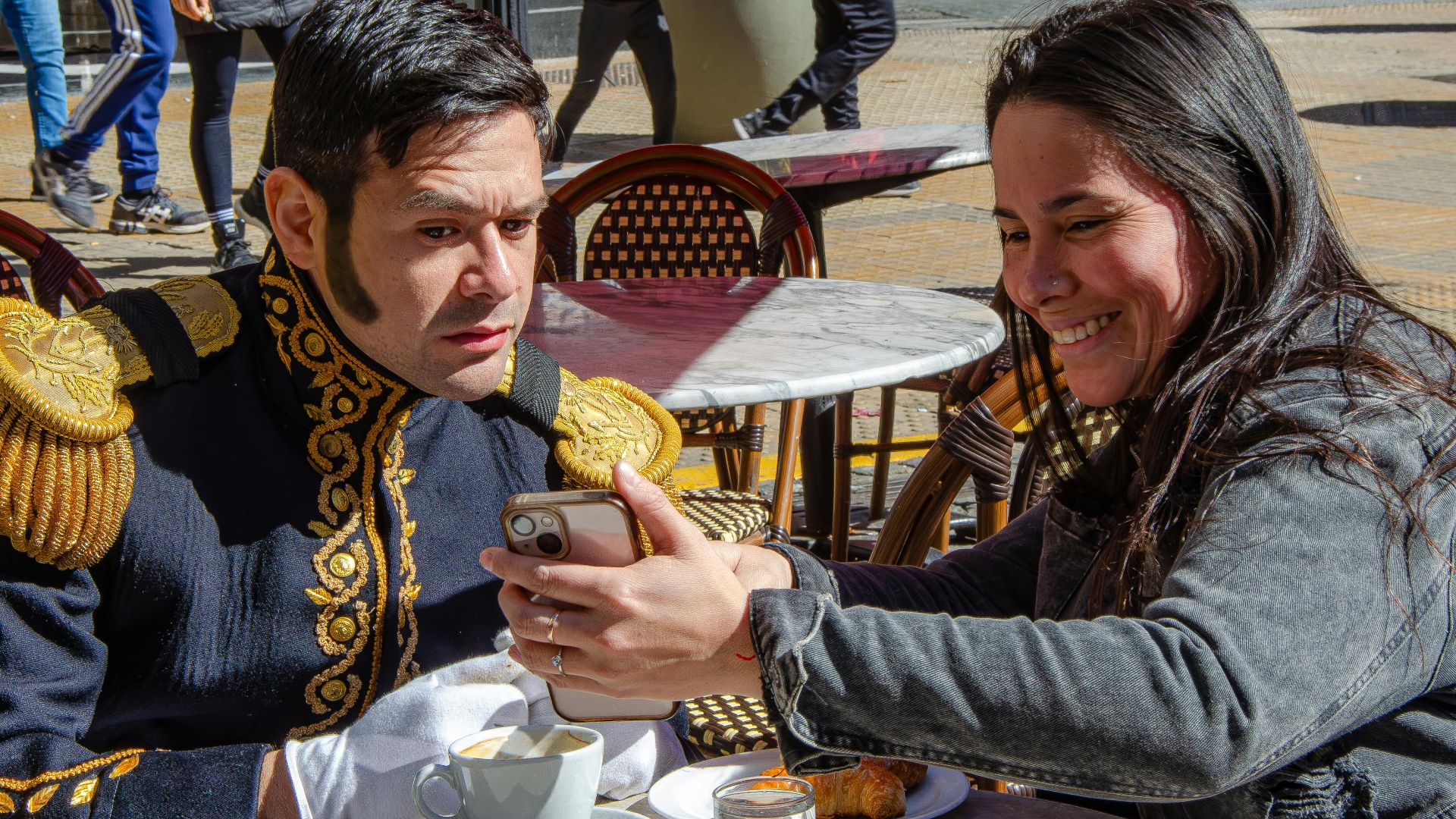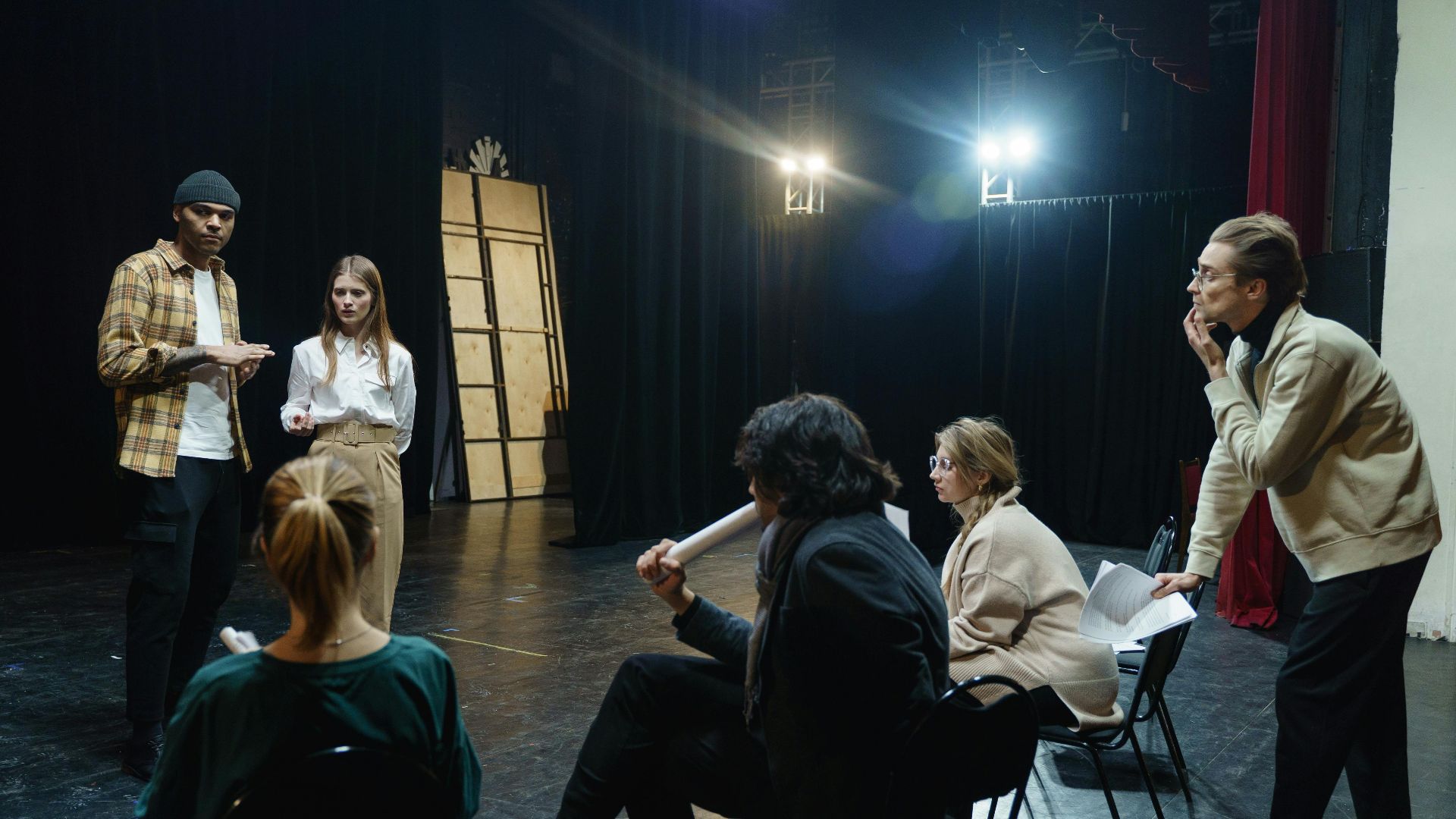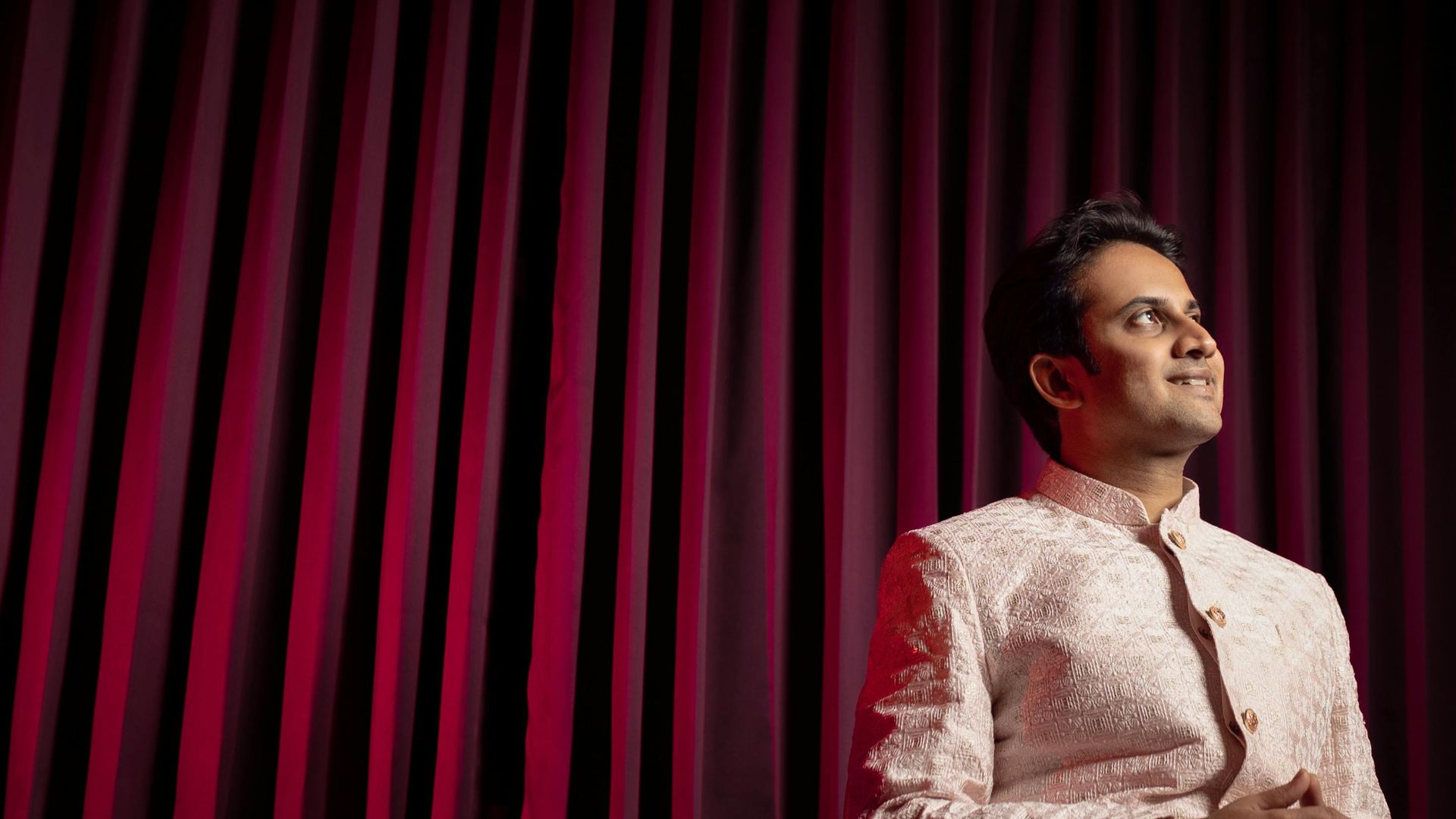Finding Your True Funny Side
A failed joke can sting, especially when the silence drags on painfully long. One flop is fine, but constant misses signal your humor could use a refresh. This list highlights ten signs your jokes aren’t connecting and ten ways to improve them. We’ll break down the signs first before shifting the focus toward techniques that help your punchlines finally get the reactions you’re hoping for.
1. People Only Give Courtesy Laughs
You can usually tell when someone genuinely laughs and when they're just saving your feelings. That quick, clipped chuckle with no sparkle in the eyes? Yeah, that's not comedy magic—it's social survival. Real laughter comes unplanned, and fake laughter always sounds a little hollow.
2. You Think Quantity Beats Quality
The moment one joke drops, another is already halfway out of your mouth. People glance around, unsure which line they were supposed to laugh at. The pace makes it hard for anyone to enjoy a single moment before the next comes crashing in.
3. Friends Avoid Setting You Up For Stories
Does anyone ever say to you, "Oh, tell them that one thing!"? That's usually because your stories stretch like taffy, and the punchline doesn't hit. When friends stop teeing you up, it's often a sign your comedic storytelling needs a tune-up.
4. Your Humor Relies On Insults
There's a big difference between playful roasting and plain old mean. If your "jokes" usually land at someone else's expense, people stop finding you funny and start bracing for the next jab. Humor should lift the mood, not leave people tense.
5. You Reuse The Same Material
Everyone loves a good joke once, maybe twice if it's a classic. When you recycle the same line every time you're out, though, eye-rolls come quicker than laughs. Comedy feeds on surprise, and a predictable punchline is the fastest way to lose it.
6. Nobody Quotes Your Jokes Later
Great humor leaves a trail. A punchline sneaks back hours later, delivered by someone else, and still gets laughs. Jokes that vanish too quickly lose that second life, the one that proves they struck a chord worth repeating.
7. You Complain "People Don't Get My Humor"
The moment a joke dies, you point at the audience as if they missed something obvious. Laughter freezes because nobody likes being blamed for not reacting. It shifts the mood from lighthearted fun to awkward silence, where no one feels like laughing anymore.
8. You Overexplain Your Punchlines
Explaining a joke seriously right after telling it isn't fun. Humor works best when people laugh on their own, or right after you refer to an inside joke it was about. But if you go on and on, the moment slips away, and nobody's really interested.
9. People Change The Subject Afterward
The joke lands, or at least you hope it does, until the room pivots toward weekend plans or sports scores. It's like a comedy curtain dropping before you're done. That quick redirect says everything about how the punchline really played.
10. You Interrupt Conversations To Look Funny
Sliding into conversations midstream with a joke might feel clever, but it rarely lands well. Instead of adding fun, it stops the flow. Friends may smile the first time, yet such moments usually feel like you’re stepping on the dialogue.
Now that we've laughed (or cringed) at the fails, here's how to make every joke hit like a pro.
1. Use Timing Like A Pro
Timing changes everything in comedy. The right moment holds everyone in suspense, then releases the punchline like a surprise. Even if you just notice your funniest friends, it can help you grasp when to pause so the laugh comes naturally.
2. Keep Jokes Short And Punchy
Quick jokes win every time. But those long-winded setups? They turn the audience into a ticking clock. That's why, try to keep your punchlines tight. A single, clever remark can hit harder in social settings than a drawn-out act ever will.
3. Use Relatable Material
Nothing wins laughs faster than shared experiences. Remarks about everyday life or awkward moments create instant connections. Sure, inside jokes are fun, but universal situations invite everyone to lean in and feel like your comedy speaks their language.
 LinkedIn Sales Solutions on Unsplash
LinkedIn Sales Solutions on Unsplash
4. Play With Exaggeration
Sometimes, the funniest thing you can do is blow reality way out of proportion. Saying you "nearly died" from a mild workout or acting like a coffee spill was a national crisis—those ridiculous stretches make people grin. The bigger the exaggeration, the better the laugh.
 Alejandra Dal Favero on Pexels
Alejandra Dal Favero on Pexels
5. Embrace Self-Deprecation
Making fun of yourself is like giving your audience VIP backstage passes. It signals confidence and keeps everyone comfortable. Nobody feels attacked, and everyone enjoys the ride. Sprinkle in humble humor, and suddenly your stories become both funny and unforgettable.
6. Borrow From Physical Comedy
Raise your eyebrows dramatically or mimic someone's dramatic sigh. Those moments get quick laughs without a single word. Physical comedy has universal appeal because actions cross language barriers. So, trust the fact that your body can deliver the punchline alone. Even Hollywood stars have won hearts with physical comedy.
7. Learn From Stand-Up Specials
Sitting back with popcorn while a comedian works the stage is basically a free masterclass. Observe how they build tension and land jokes effortlessly. Every style has a lesson, and every line offers a clue about what makes people genuinely giggle.
8. Practice Storytelling
Stories are where humor feels most natural. Add colorful details or throw in your personal twists. Even a tale about grocery shopping can turn hilarious with the right beats. When people can picture the scene, the laughter feels bigger and brighter.
9. Listen To Your Audience
Some of the funniest comebacks appear only after hearing what others say. Listening gives you material, feedback, and it also makes people feel important. In simple terms, humor grows when you understand how to fill the gap by understanding the what, when, and how of the art.
10. Test Jokes Casually
Dinner with friends or chatting on a call is the perfect rehearsal space. Try out a line, see how people react, then tweak it later. Casual testing keeps the pressure off, and repetition makes the next attempt feel smoother and much more fun.


























